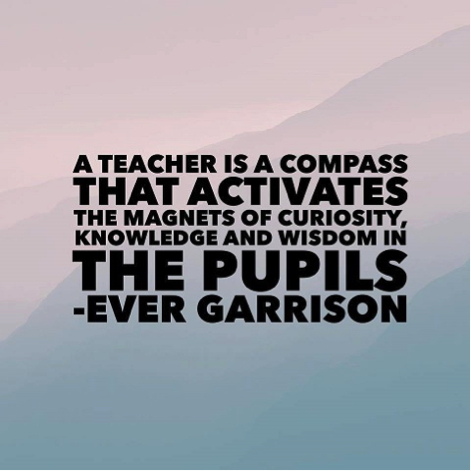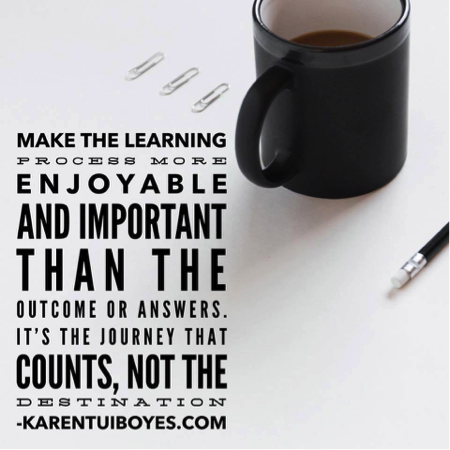You and Your Toolbox are Critical Elements in Your Pupils’ Abilities to Learn
Not too long ago I was confronted by a lead teacher who stated “we don’t use blackline masters in this school”.
The decision to avoid this method of instruction is one many schools have adopted. What prompted the decision can easily be surmised:
- excessive photocopying expenses
- purposeless activities (or of limited instructional value)
- a desire to be seen to be ‘moving with the times’
When I asked what instructional and follow up material they were using I was told they had purchased iPads and the children used a variety of relevant learning apps.
So I found this article by Dr Rich Allen in the latest Teachers Matter magazine extremely interesting.
“How human beings learn hasn’t changed. When including technology in the curriculum, educators must understand its place in the learning process” says Dr Allen.
How do we assess the learning value and outcomes of using these apps? Does the one method suit all children? What ‘learning’ time is spent and how effective is that time in learning outcomes?
My thesis, completed over 10 years ago, looked at the learning environment and whether this was enhanced by the use of technology. The answer was, in the majority of cases, ‘no’. The influencing factor hands down was the teacher and their teaching practice. As an ICT teacher the outcome did not surprise me. I had just led a cluster for ICTPD and we had a big focus on infusing thinking, adapting teaching styles and inquiry learning.
The inklings I had then as I saw schools pour tens of thousands of dollars into developing ICT infrastructures that constantly needed tweaking and upgrading at no small cost made me look closely at the practice in one or two classrooms with amazing teachers who hated using technology but whose children were energized, inspired and learning, dare I say, faster and wider and deeper than many other classes. It wasn’t the technology provided, it was the teacher skill (which incidentally in my study showed when coupled with technology only produced marginally higher outcomes).
Dr Allen concludes:
Used properly, technology can help both teachers and students learn more and achieve more. However, it can also be monumental waste of teaching and learning time, drawing the teacher’s attention away from where the real focus of the learning should be. Ultimately, the key is in finding ways to successfully merge sound learning principles with the right type of technology – when appropriate. Technology is not a substitute for teaching. We do our students and educators a disservice by pretending that it is.
Those sound learning principals we leave to the teachers but we also encourage them to reconsider the use of high quality purposeful task-sheets as a part of their teaching programmes. We have some wonderful material available at Read Think Learn and our little follow up skills activities certainly have a place in a teachers toolbox!
Thank you,
Lesley
Chief Learning Officer

